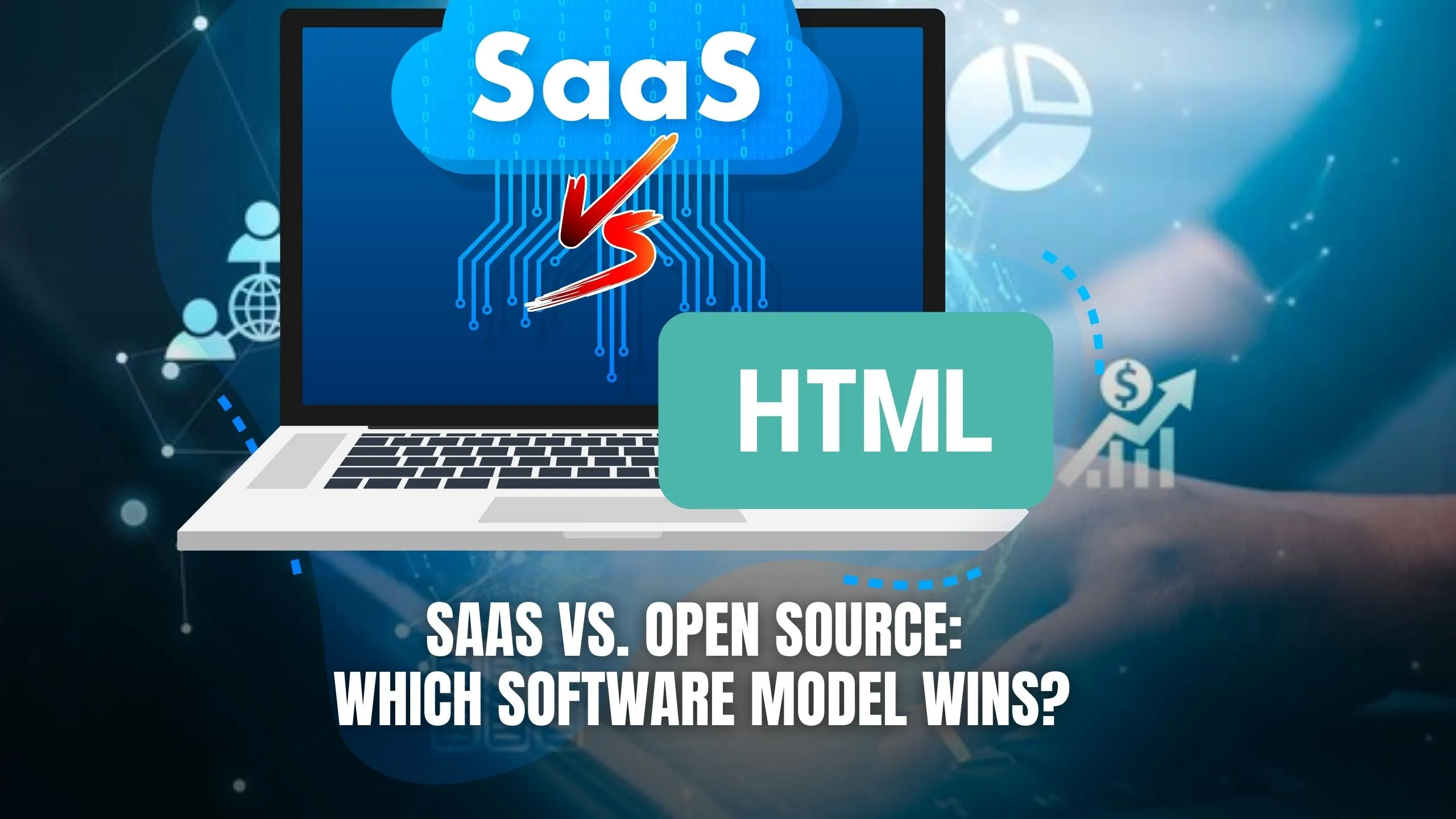SaaS vs. Open Source: Which Software Model Wins?
- Expense Management Software Credit Cards Investing Business Solutions


SaaS vs. Open Source: Which Software Model Wins?
When comparing Software as a Service (SaaS) and open-source software models, it’s essential to understand the fundamental differences and consider various factors before determining which one is the right fit for your business needs.
1. Accessibility and Maintenance
SaaS solutions offer accessibility from any device with an internet connection, eliminating the need for local installations and ongoing maintenance. For example, a small marketing agency can quickly onboard new team members and access project management tools without the hassle of setting up and maintaining on-premises servers.
In contrast, open-source software, like Lowdefy, requires in-house IT expertise for setup, configuration, and regular updates. This can be resource-intensive for smaller businesses without dedicated IT teams, but it offers more control over the software environment. Explore Lowdefy Deals for exclusive offers on open-source solutions.
2. Customization and Control
Open-source software provides greater flexibility for customization and control, allowing businesses to modify the codebase to suit specific requirements. For instance, a tech startup developing a unique project management tool can tailor the software to meet the company’s workflow and collaboration needs. On the other hand, SaaS solutions often have limited customization options, as users rely on the provider to implement new features and functionalities.
3. Scalability and Cost
SaaS platforms typically offer scalable pricing models, allowing businesses to adjust their subscription plans based on usage and growth. For example, an e-commerce retailer can seamlessly scale up or down its customer relationship management (CRM) software subscription during peak sales seasons.
Open-source software, like Lowdefy, may involve higher initial infrastructure and development costs, but for larger enterprises with significant IT resources, it can be more cost-effective over time.
4. Security and Compliance
SaaS providers often prioritize security and compliance, offering built-in features such as data encryption, regular backups, and compliance certifications. For instance, a healthcare organization can confidently store sensitive patient information in a HIPAA-compliant cloud-based electronic health record (EHR) system. While open-source software allows for greater transparency and community-driven security enhancements, it may require additional measures to ensure data privacy and regulatory compliance.
5. Support and Community
SaaS solutions typically come with dedicated customer support channels, including help desks, knowledge bases, and user forums, providing timely assistance and troubleshooting. For example, a remote team collaborating on a project management platform can quickly resolve technical issues through live chat support. Open-source software relies on community-driven support, which can vary in responsiveness and effectiveness depending on the size and activity of the user community.
Recommended SaaS Products:
- Salesforce: Leading SaaS CRM platform for sales, marketing, and customer service automation.
- Slack: Collaboration hub for teams, offering messaging, file sharing, and integrations with third-party tools.
- Shopify: E-commerce platform that enables businesses to create online stores with built-in marketing and payment solutions.
- HubSpot: All-in-one marketing, sales, and customer service software for inbound lead generation and management.
- Zendesk: Cloud-based customer support software with ticketing, knowledge base, and live chat features.
Conclusion
In conclusion, the choice between SaaS and open-source software depends on various factors, including accessibility, customization, scalability, security, and support requirements. While SaaS offers convenience, scalability, and robust security features, open-source software provides flexibility, control, and transparency. Ultimately, businesses should evaluate their unique needs and objectives to determine which software model aligns best with their long-term strategy.
Elevate Your Business with Subscribed.fyi!
Ready to explore the best SaaS solutions for your business needs? Join Subscribed.fyi today to unlock exclusive deals and savings on a wide range of SaaS tools. Sign up for free and take control of your software subscriptions, empowering your team to make informed decisions and streamline productivity.
Relevant Links:





